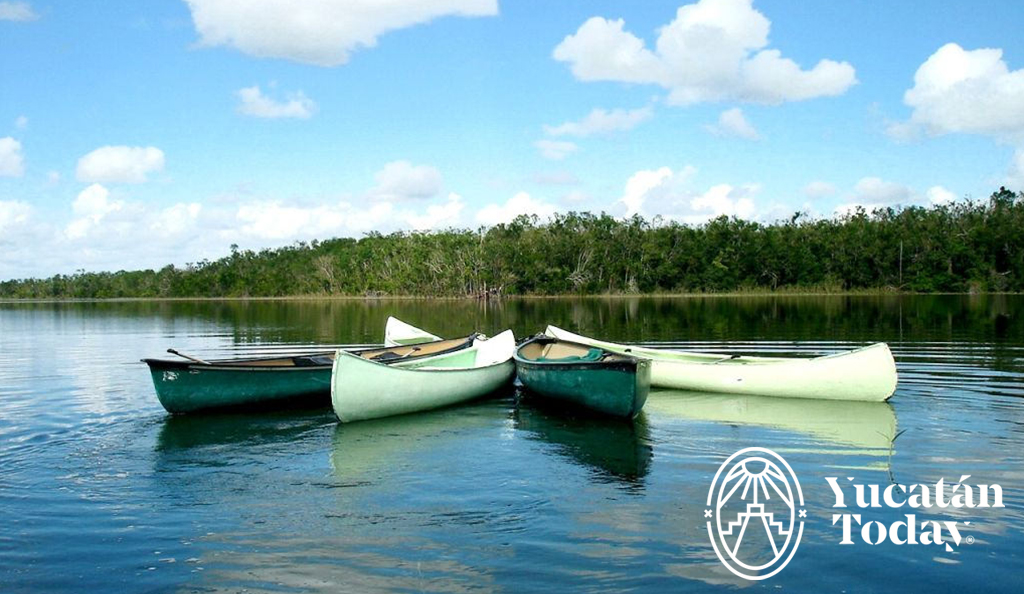Tucked away in the jungle where Yucatan meets the neighboring state of Quintana Roo near the Gulf Coast, sits Punta Laguna, a small Mayan village where roosters and pigs have the right of way and the smoke from women making tortillas over an open fire filters through the thatched roofs of their houses. Guided tours through some of the jungle trails reveal a wealth of exotic plants and animals, as well as partially buried pre-hispanic ruins.
Along with some four other villages, Punta Laguna is part of a 5,000 hectare, government-protected nature reserve called Ma'ax Yetel Kooh, which is Mayan for "House of the spider monkey and the jaguar." In addition to the unique subspecies of spider monkey that inhabits the area, the preserve is also home to howler monkeys, pumas, coatis and a variety of birds.
The village was established in the 1930s by a Maya man named Ignacio Canul, whose two sons and their families still live there today. Just off the main road there is a one-room schoolhouse where children study up to the sixth grade, learning both Spanish and Yucatecan Maya.
Many of the villagers have spent their entire lives in Punta Laguna and its surrounding area, and have never been to any of the larger cities like Valladolid or Mérida. Only in recent years has electricity become available, with solar panels allowing most homes the use of a single light bulb at night and occasionally a T.V.
A few feet from the school there is a church where patrons practice Catholicism while simultaneously adhering to the religious traditions of their ancestors. Crosses double as both an emblem of Christ and a symbol of the four cardinal directions, which the Mayas believe to be sacred. Ceremonial tributes to Maya gods - especially Chaac, the god of rain - are commonplace, as much of the local economy depends on the harvest from local cornfields.
There is also a small building for local government, a store that sells cold drinks and snacks, and a palapa where local women proudly display their crafts. Gorgeous huipils (the traditional Mayan dress), blouses, bags, handkerchiefs and bracelets with intricate embroidery can be purchased here for far less than what you would pay at a store in town. In addition to a truly authentic souvenir, you get the satisfaction of knowing your money is helping the community and not a chain or corporation.
The locals are friendly and generally willing to chat about their culture and daily life. If you establish a good rapport with someone, they might allow you to have a look inside their home. However, it would be considered impolite to not buy at least a small trinket from the lady of the house. Most people will gladly pose for a photo, but you should always ask for their permission first.
A smaller road splits off at the palapa and passes several trails and a cenote before hitting a dead end at the saltwater lagoon. Down a few steps there is a dock that stretches about 20 feet over the water, but a spectacular view can be enjoyed from the road. Fishing is strictly prohibited and because crocodiles have been sighted, swimming is allowed only at your own risk.
To hit any of the trails there is an entry fee of 30 pesos per person, and you must be accompanied by one of the local guides, who charge 150 pesos for a group of up to 10 people. Group size is limited so as not to frighten animals and to minimize the disturbance to their habitat. Not only are the guides knowledgeable as natives, but a research team of primatologists has provided them with more specific training regarding the wildlife. As with most of the villagers, the guides speak Spanish and Yucatecan Maya, and there are a few who have limited English skills.
As you head into the jungle, you are actually hiking on a pre-hispanic platform that has cracked and crumbled from meddling tree roots and is often obscured by vegetation. Despite the thick jungle growth, there are several spots where temples and the tops of pyramids can be clearly seen. Most of the ruins are from the late classic to post-classic periods, around 700 to 1000 A.D., and are a fascinating alternative to popular sites like Chichén-Itzá and Uxmal because they are in the same condition they were discovered in and have not been restored by archaeologists.
The spider monkey is found in Central America and along the northern edge of South America. The name comes from the ability to use its prehensile tail to hang from trees while keeping its arms and legs free. This sub species, Ateles Geoffroyiyucatanenses, is most active in the early morning when the sun rises and around 5 or 6 pm.
When it comes to observing the spider monkeys, or any of the animals, remember that they are wild. They are not on a schedule and may or may not feel like making an appearance at the time you are out hiking. However, if you are patient, keep your voice down and listen to your guide, there is a good chance you'll see something. You may take as many pictures as you like, but be prepared because the animals move quickly.
The jungle terrain is not especially difficult or steep, but a good pair of boots or tennis shoes that have grip is recommended because some of the rocks can become slick from moss or afternoon showers. Where there is jungle there are bugs, so to protect yourself, bring plenty of insect repellent and cover as much skin as possible. Long socks, breathable pants, a long-sleeved shirt and a hat are necessities. While the heat and humidity are more extreme in this area, the shade from the canopy will provide some relief - and as always, carry plenty of water and sunscreen.
As there are no restaurants in Punta Laguna, you should plan on either packing a lunch or stopping along the way. Valladolid, about two-thirds of the way, is the last city you will pass through, so grab any last-minute water, food or film while there. The only restrooms in the village are two outhouse-style facilities behind the schoolhouse, so bringing a roll of toilet paper and some hand-sanitizer is advised.
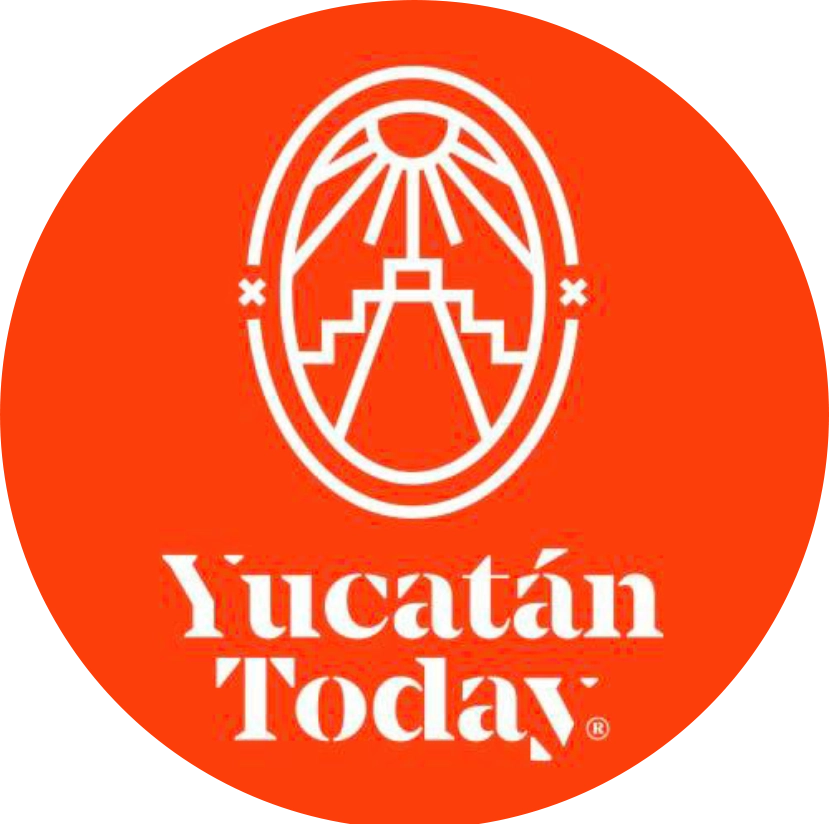
Author: Yucatán Today
Yucatán Today, la compañera del viajero, es un medio bilingüe de información turística sobre destinos, cultura, gastronomía y el qué hacer en Yucatán con 38 años de trayectoria.
¡Receive the latest articles and much more from the best of Yucatán in your email!
Main topics that may interest you
Table of Contents
Related articles
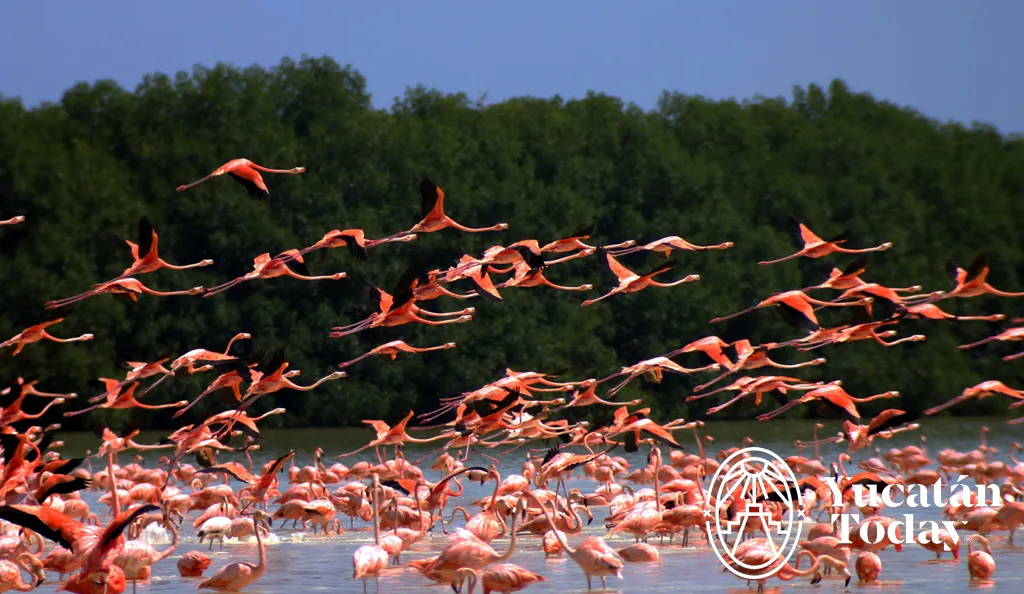
Beaches
Celestún
Located 60 miles southwest of Merida, Celestún is a quaint fishing village where the beaches are lovely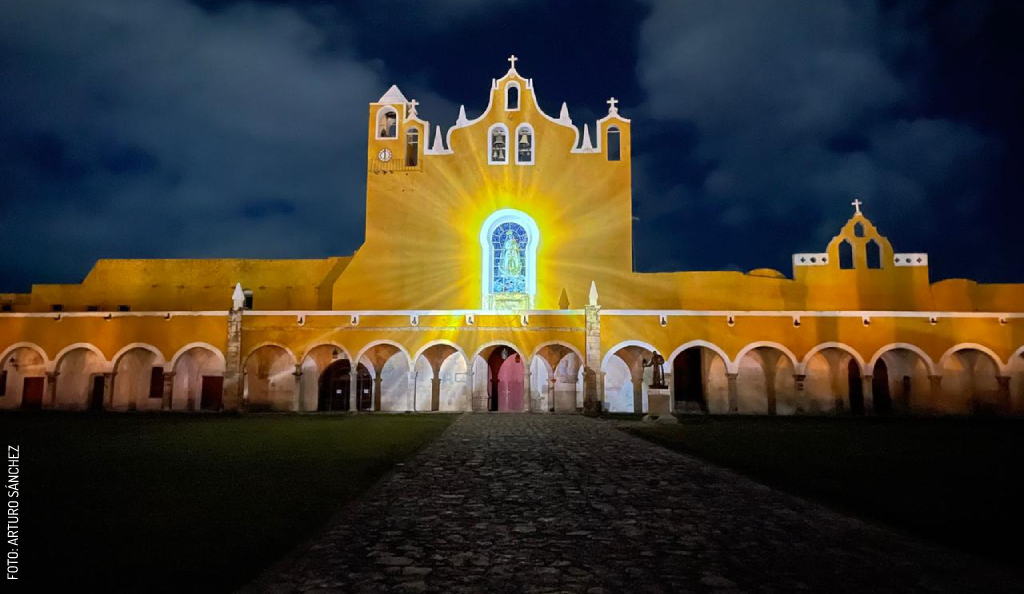
Activities
Nights of Light and Sound in Yucatán
How about an evening with light and sound show where they tell you the story of a little piece of Yucatán? Here are the video mappings.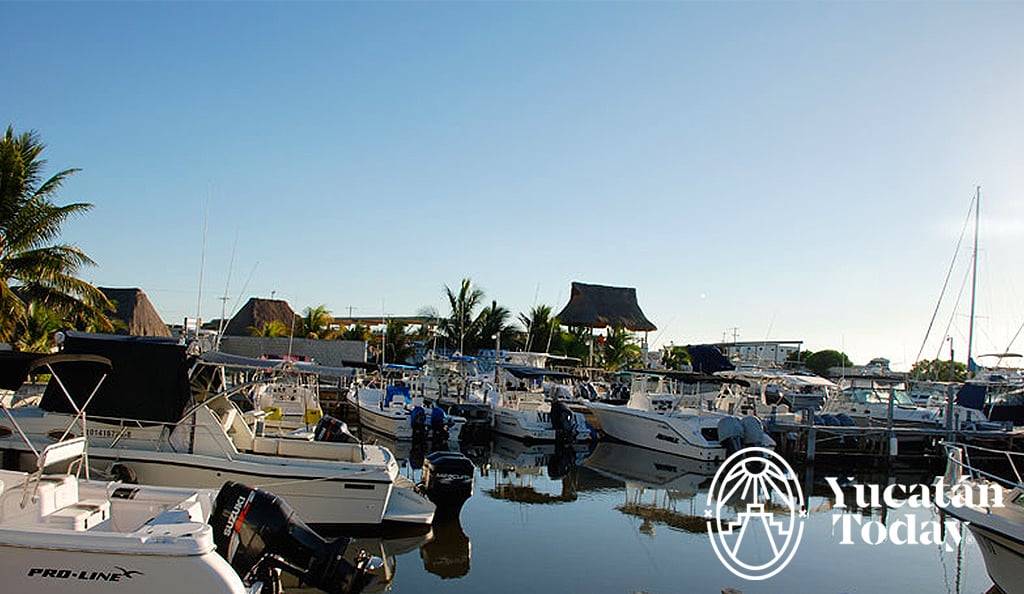
Life in Yucatán


